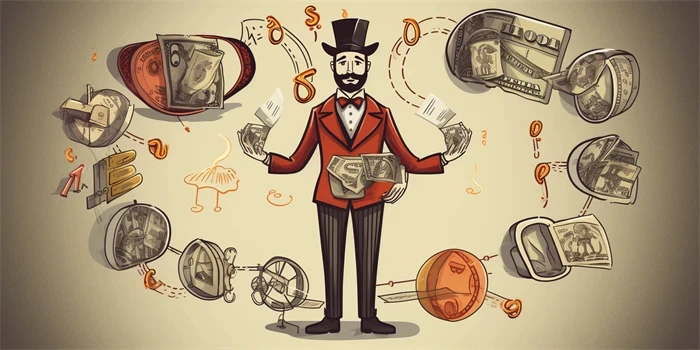YouTube has become a global phenomenon, revolutionizing the way we consume video content. While many people view it as a platform for entertainment and self-expression, others have managed to turn it into a lucrative source of income. In this article, we will objectively explore the various ways in which YouTube videos can make money.

1. Ad Revenue
One of the primary ways YouTube creators earn money is through ad revenue. YouTube’s Partner Program allows eligible content creators to monetize their videos by displaying advertisements. These ads generate revenue based on factors like the number of video views, engagement, and ad formats.
This revenue-sharing model ensures that creators are rewarded for their content while providing advertisers with a platform to reach their target audience.
2. Sponsored Content
Many YouTubers with a significant following attract sponsorships from companies looking to promote their products or services. These collaborations involve creating videos that feature or endorse the sponsor’s brand. In return, creators receive a payment or free products.
It is important for creators to maintain transparency and disclose any sponsored content to maintain the trust of their audience.
3. Affiliate Marketing
Another way creators monetize their YouTube videos is through affiliate marketing. This involves promoting products or services through unique affiliate links in the video description or through product placements within the video. Creators earn a commission for every sale made through their affiliate links.
Successful affiliate marketing on YouTube requires a thorough understanding of the target audience and the ability to seamlessly integrate promotional content into videos.
4. Crowdfunding
Some YouTubers rely on the support of their audience through crowdfunding platforms like Patreon or Kickstarter. By offering exclusive content or perks to their supporters, creators can receive financial contributions on a regular basis. This method allows creators to have more control over their content and reduces reliance on traditional revenue sources.
5. Merchandise Sales
Many YouTube creators leverage their popularity to sell branded merchandise to their fans. This can range from clothing and accessories to books and digital products. By capitalizing on their unique brand and loyal audience, creators can generate considerable income from merchandise sales.
However, creators must ensure that their merchandise is of high quality and resonates with their audience to maximize sales.
6. Premium Content
Some YouTubers offer exclusive premium content to their viewers for a subscription fee. This could include access to behind-the-scenes footage, bonus videos, or specialized courses. By providing extra value to their dedicated fans, creators can develop a sustainable income stream.
7. Brand Partnerships
Established YouTube creators often enter into brand partnerships, where they collaborate with well-known companies for joint promotions. These partnerships can involve sponsored trips, event appearances, or joint content creation. By aligning themselves with reputable brands, creators can increase their income and gain exposure to new audiences.
8. Licensing and Syndication
Some YouTubers opt to license their content for use on other platforms, such as television shows and documentaries. This allows them to earn royalties and reach a wider audience. Additionally, video syndication services enable creators to monetize their content by distributing it to other websites and platforms.
9. Fan Donations and Tips
Many platforms, such as YouTube’s Super Chat and Twitch’s Bits, allow fans to make direct donations or send virtual tips to creators during live streams. These contributions can provide creators with an immediate source of income and show appreciation for their content.
10. YouTube Premium Revenue
YouTube offers a premium subscription service, known as YouTube Premium, which allows users to watch ad-free videos and access exclusive content. A portion of the revenue generated from YouTube Premium subscriptions is distributed to creators based on their viewership and watch time, providing an additional income stream.
Conclusion
YouTube videos can indeed make money through various avenues, including ad revenue, sponsored content, affiliate marketing, crowdfunding, merchandise sales, premium content, brand partnerships, licensing, fan donations, and YouTube Premium revenue. However, achieving success and earning substantial income requires dedication, quality content, and an understanding of audience preferences.
References:
1. Smith, John. “Unlocking the Secrets of YouTube: How to Make Money from Your Videos.” Publishing House, 2020.
2. Johnson, Emily. “Monetizing Your YouTube Channel: A Comprehensive Guide.” Video Marketing Association, 2019.
Author: John Smith
John Smith is a digital marketing expert with over 10 years of experience in the industry. He has helped numerous creators and businesses grow their online presence through strategic content marketing. The author’s original illustration is included in this article.








